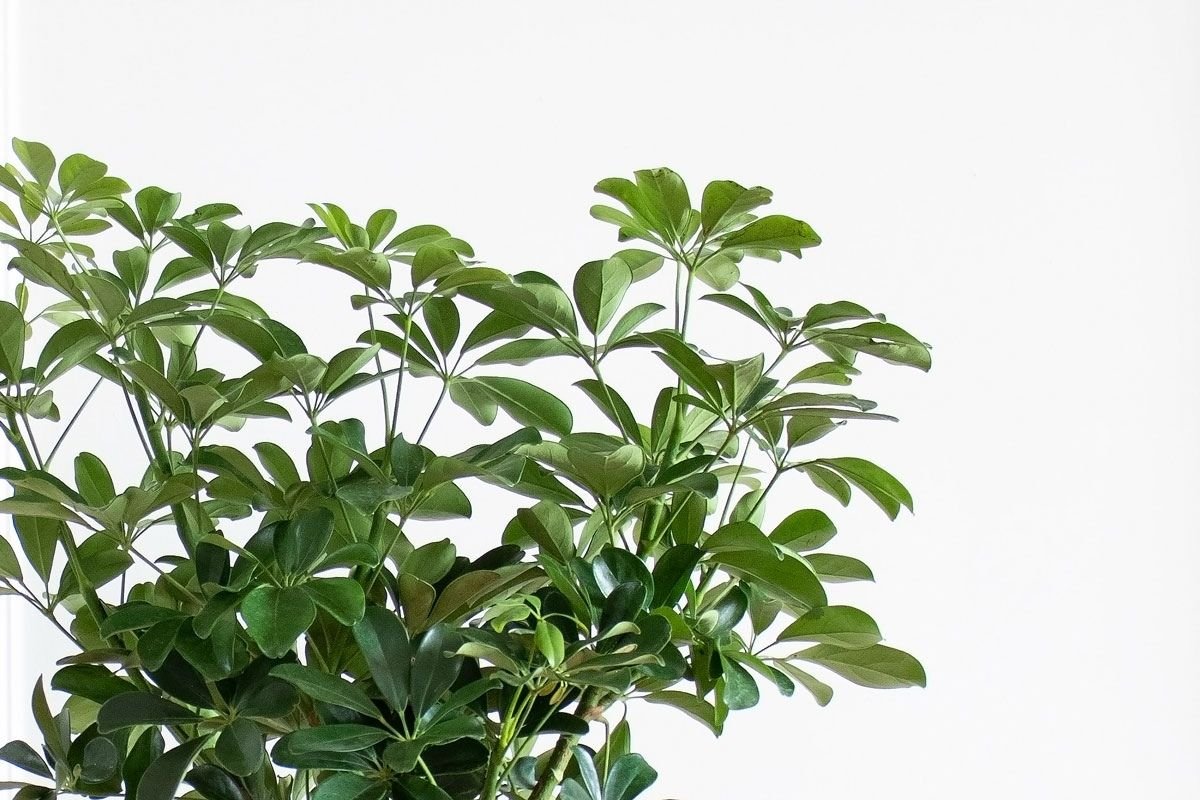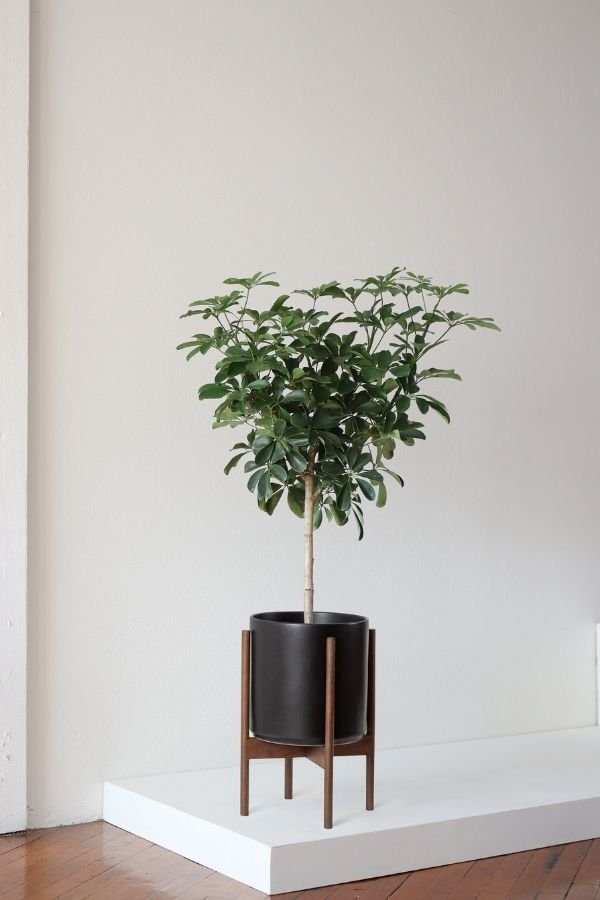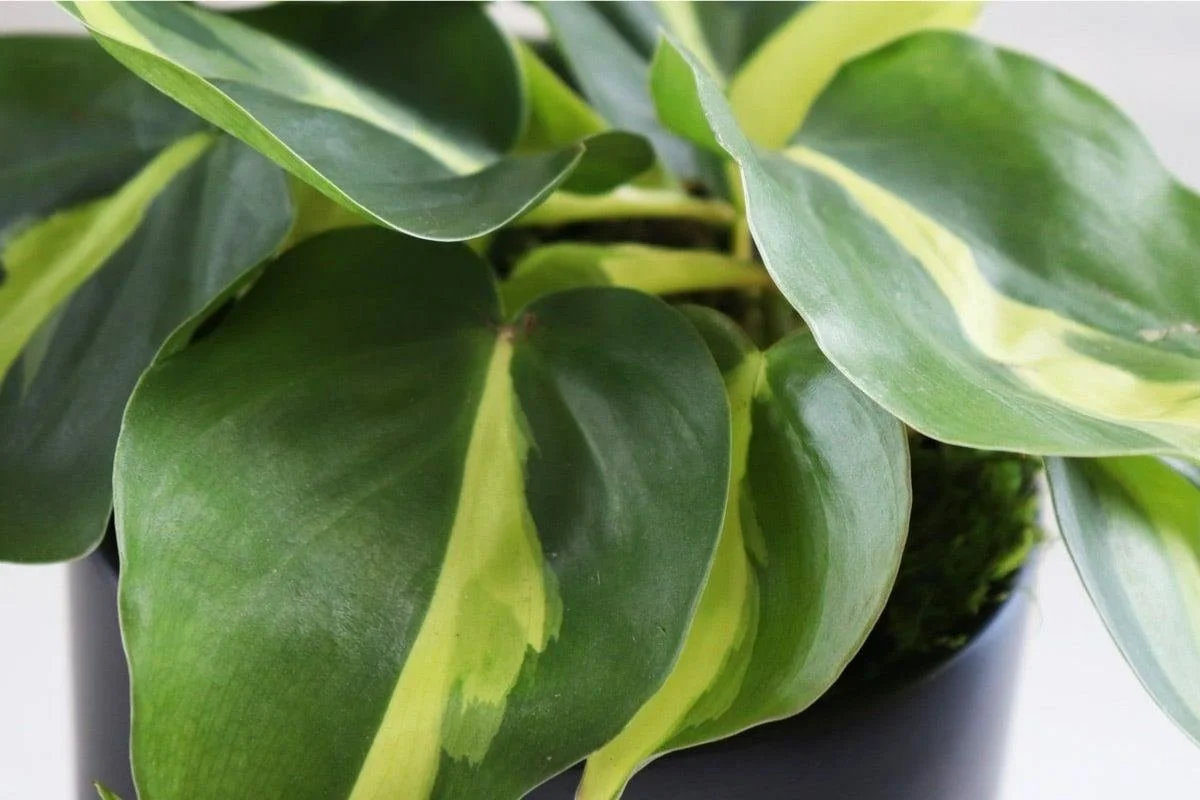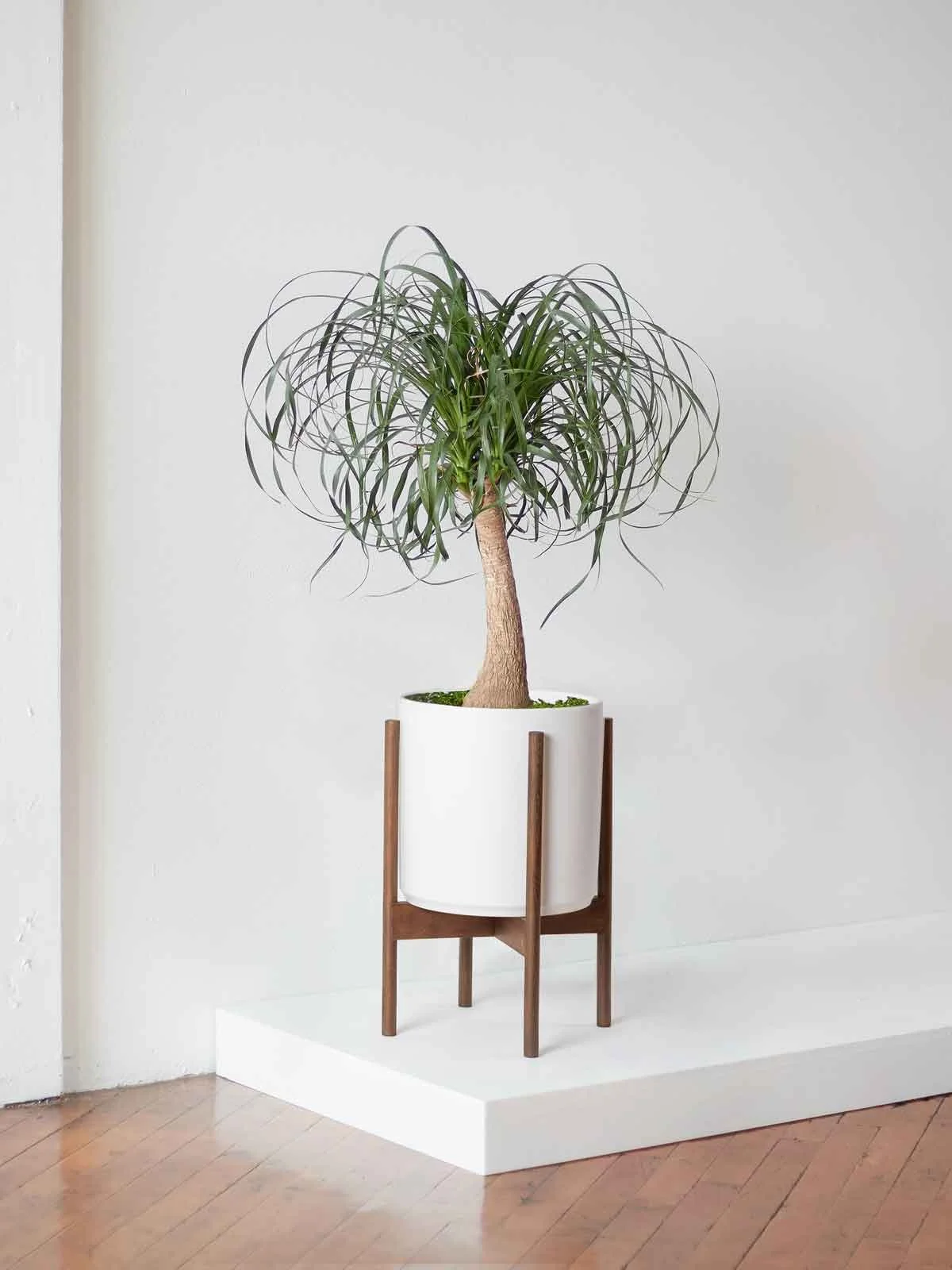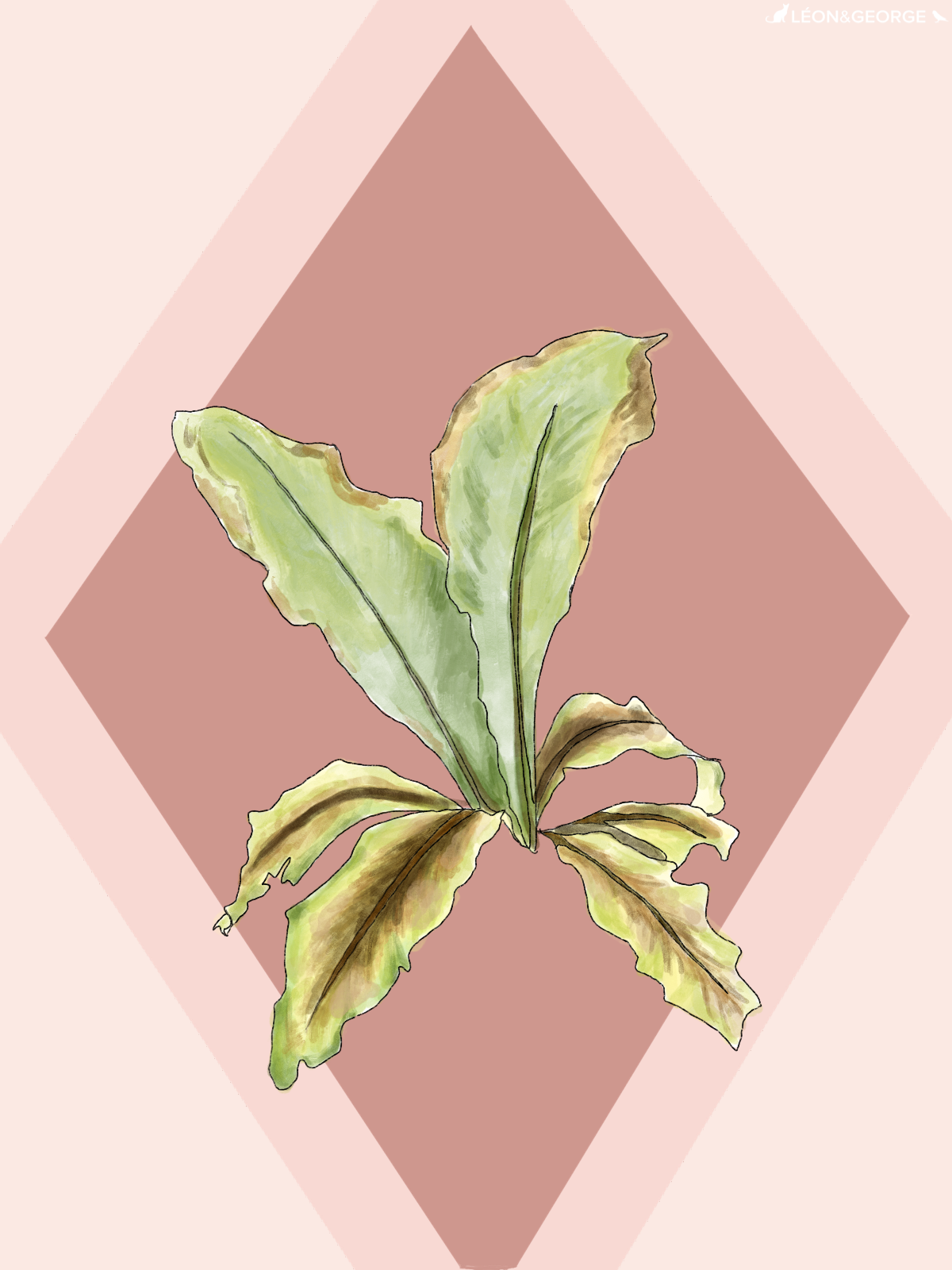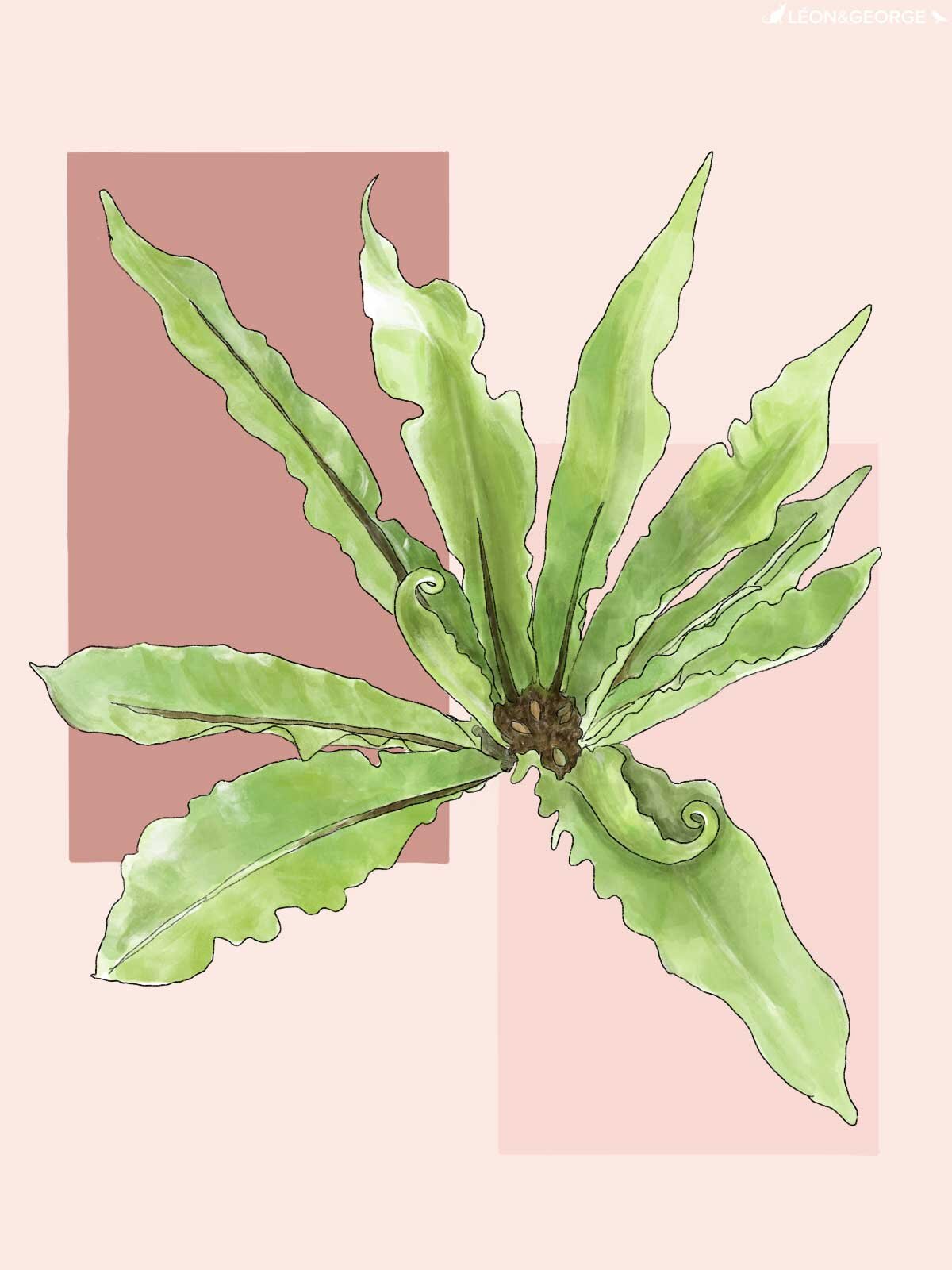If you’re looking for a statement tree that will provide ample, gorgeous foliage without requiring lots of laborious care, a Schefflera Tree is a perfect choice. With a generous canopy of emerald leaves that grow in umbrella-shaped configurations, the Schefflera, also known as the Umbrella Plant or Umbrella Tree, is an ideal floor plant: and even better, it is truly low-maintenance. Add to this the fact that it’s a potent air purifier, and you have a dream plant on your hands! We won’t blame you if you’re eager to buy a beautiful Schefflera and bring it home today. But before you buy, take a moment to learn a bit about this gorgeous tropical plant, and what it requires to thrive. Not to worry: these charming Umbrella Trees have simple needs! And we have a quick and easy rundown on their care requirements and more, right here.
Which Schefflera Variety Is Right For Me?
There are a number of beautiful ornamental Scheffleras, but the Schefflera arboricola is the crowning jewel. Originating from Taiwan and Hainan Province, China, the Schefflera arboricola epitomizes vibrancy. Scheffleras in general are considered to be easy-care plants, but the Schefflera arboricola is the gold standard: resilient, low-maintenance, and adaptable. And because it’s a popular and highly regarded plant, there is ample research and helpful information available to you as you care for this gorgeous tree.
Schefflera Trees Prefer Medium to Bright Indirect Light- But They’re Flexible!
There’s so much to love about the Schefflera’s easy-going nature, and its ability to adapt to varied levels of light is one of its finest attributes. Scheffleras will grow best in medium to bright, indirect light, but they’re adaptable to lower levels of light. Consider their native environments- humid, sun-dappled rainforest floors, where the light they receive is filtered by jungle canopies and tempered by shaded areas. As long as your Schefflera receives about four hours of sunlight a day, it will be a happy plant- but note that it will grow most rapidly in bright, indirect sun.
But returning to those rainforest roots: it’s important that you don’t place your Schefflera in an area that receives frequent blasts of strong, direct sunlight. The tropical Schefflera will scorch if exposed to too much direct light.
Scheffleras Are Easy To Water- Just Don’t Overdo It!
It’s simple to provide your Schefflera with the water that it needs. Like many tropical plants, the Schefflera Tree only requires water when its topsoil is dry. This typically means that your Schefflera plant will need watering about every ten days or so; whenever the top two inches of its soil are dry to the touch. Plan on probing your Schefflera’s topsoil every 7-10 days and watering accordingly. You can also use a moisture meter to keep track: these convenient tools will show you when your plant’s soil is moist (by reflecting a blue color in the window portion of the meter) or dry (by showing white in that window).
Your Schefflera Has A (Good) Reputation!
Seeking a boost of good chi for your home? Look no further than the Schefflera! Plants in the Schefflera family have a longstanding association with good fortune, prosperity and wealth in China and Taiwan, and are beloved in the feng shui tradition. Scheffleras are thought to capture positive energy or chi in the hand-like fronds of leaves. There’s some science to back all of this up: Scheffleras are scientifically researched and proven air-purifying plants, and what could be more lucky to have around than a plant that keeps the air in your home clean and healthy?
What Are The Air Purifying Properties Of The Schefflera?
You’ve probably heard about plants having air purification power and wondered, what does that really mean? It’s not just sales jargon- it’s rooted in science! Scheffleras and an ample handful of other wonderful indoor plant varieties have been shown in scientific studies to purify the air. They do this in a couple different ways: by converting carbon monoxide to oxygen, and soaking up toxins like benzene, formaldehyde and toluene (ew!). Additionally, living plants have been shown to boost the mood and productivity of humans that cohabitate with them, to enhance memory and focus, and to reduce stress and fatigue.
How To Place Your Schefflera
Because they’re exceptionally flexible plants, you have nearly endless options for Schefflera placement. As long as your space receives an appropriate degree of natural sunlight (ideally four or more hours a day) your Schefflera should thrive in your space. There is something important to consider, though: specifically, drafts. Scheffleras do not respond well to direct drafts, so it is crucial to keep your Schefflera away from A.C. units, vents, heaters and windows or doors that are frequently opened and closed. Beyond these practical considerations, have fun considering your Schefflera’s placement! Choose a spot that you want to adorn with elegant height and abundant foliage. You can also place your Schefflera close to other humidity-loving tropical plants. Close grouping of plants create mini-biomes of humidity, and situating plants with similar care requirements close to one another will make plant care extra-convenient. But the opposite is also true: do not place your new Schefflera next to a plant that needs daily watering, because your Schefflera does not, and will not appreciate an overdose of H2O!
Schefflera Trees Love To Be Misted
Tropical plants appreciate consistent humidity, but we know that it can be daunting to attempt to replicate a rainforest in your home! Not to worry- you don’t have to. Just plan on misting your Schefflera up to a few times a week, with either plain water or water mixed with a nutritious foliar feed. Misting is an easy way of boosting humidity levels, and it’s also a fun and tranquil way of communing with your plant. We find that humans enjoy the process of misting just as much as plants enjoy being misted!
Will A Schefflera Grow Aerial Roots?
The Schefflera arboricola can exhibit aerial roots, but they’re not a given. Aerial roots are an evolutionary feature of many tropical plants, because it is common for plants in tropical environments to grow along other plants for support in the wild. And aerial roots have benefits: they soak up moisture from humid air and provide structural support to your plant as it grows. But they’re not a sure thing for Scheffleras, and are more likely to appear when the plants are grown in very shallow pots (Scheffleras are frequently used as bonsai plants, and aerial roots are often an aesthetic feature of bonsai Schefflera). Scheffleras grown in deep pots, like the Schefflera Tree from Léon & George, are less likely to exhibit aerial roots. If you find that your Schefflera is exhibiting aerial roots that you would prefer not to see, you can tuck them gently into your plant’s soil. This will allow the roots to take in nutrients from the soil, and support the overall health of your plant.
How To Select A Thriving, Gorgeous Schefflera
Your foremost priority as you shop for a new Schefflera should be to select a healthy, happy plant. So when you’re ready to buy, check out the structure of the Schefflera Tree in question carefully. Healthy Schefflera trees have vibrantly colored foliage that is firm and springy. Avoid purchasing a Schefflera that has drooping foliage, or leaves that appear yellow, brown, crispy or curly. Inspect the soil of the Schefflera as well- it should neither be soaking wet, nor bone-dry.
Avoid Purchasing Your Schefflera From A Garden Center
Buying a new statement plant for your home is a big investment of both money and time, and we know that attractively low prices are just that: attractive. But seasoned plant parents and horticulturalists alike will tell you the same thing: when it comes to living plants, you will get what you pay for. You can save yourself a world of trouble by opting for a premium plant from the get-go. Buying a Schefflera Tree from a trusted source ensures that your new plant is primed with all it needs for a lifetime of strong growth and beautiful health. Premium growers tailor the care of each plant to the species’ particular needs, treat and prevent pests prophylactically, and source plants of a higher quality than garden centers and home improvement stores.
It’s important to consider that the quality of the plants purchased from a garden center will reflect their low price. Purchasing a premium plant ensures that your plant is in great health from the start- and we promise, it pays off quickly. Treating an ailing plant can be costly, time-consuming and stressful.
Transportation is another important aspect to consider when you decide where to buy your new Schefflera tree. Transporting a large plant in your vehicle- especially one with a bountiful, diffuse canopy, like a Schefflera, can result in structural damage from the plant being jostled. And because Scheffleras are sensitive to drafts, it’s especially important to avoid placing the plant within the vicinity of forced air from a car’s A.C. or vents. All living plants are delicate and can be stressed by transit.
As you prepare to buy your new Schefflera, plan on sourcing your plant from a premium supplier. Suppliers that offer doorstep delivery, or packaging that is specifically engineered for the transport of plants, are always your best bet. When you buy from a supplier that offers these services, you reap the benefit of their expertise, and can bypass any negative effects that might result from improper care or transportation.
Even The Healthiest Schefflera Can Experience Stress From Time To Time
With appropriate water and light, your Schefflera tree is going to do beautifully- we guarantee it! But all living plants can experience periods of stress, or ailments beyond your control. Any plant can suffer from a fluctuation in its health despite your best efforts, and it’s during times like these that having the support of a responsive team of knowledgeable professionals makes a world of difference.
Every plant purchased from Léon & George includes lifetime access to our Plant Doctor service: our team of horticulturalists with decades of experience growing and caring for plants. Our Plant Doctors are here to assess your plant’s health and growth, provide tips and treatment plans, and and to offer supportive guidance as you green up your space. And no fees are required- the Plant Doctor service is just one way we work to ensure that every plant we sell is designed to thrive.
We’ve compiled a list of common problems that Scheffleras can face and helpful guidance for assessing your plant’s health. Happy plant parents are the key to our success! Click here to learn more about how to care for and grow your Schefflera.
Even The Healthiest Schefflera Can Experience Stress From Time To Time
With appropriate water and light, your Schefflera tree is going to do beautifully- we guarantee it! But all living plants can experience periods of stress, or ailments beyond your control. Any plant can suffer from a fluctuation in its health despite your best efforts, and it’s during times like these that having the support of a responsive team of knowledgeable professionals makes a world of difference.
Every plant purchased from Léon & George includes lifetime access to our Plant Doctor service: our team of horticulturalists with decades of experience growing and caring for plants. Our Plant Doctors are here to assess your plant’s health and growth, provide tips and treatment plans, and and to offer supportive guidance as you green up your space. And no fees are required- the Plant Doctor service is just one way we work to ensure that every plant we sell is designed to thrive.
We’ve compiled a list of common problems that Scheffleras can face and helpful guidance for assessing your plant’s health. Happy plant parents are the key to our success! Click here to learn more about how to care for and grow your Schefflera.
Schefflera Tree From Léon & George
Explore our selection of premium Philodendrons, from the charming Little Hope to the regal Red Congo and playful Monstera Deliciosa. Ideal for spaces that receive medium to bright indirect light, Philodendron varieties add instant organic texture and style to indoor spaces.
